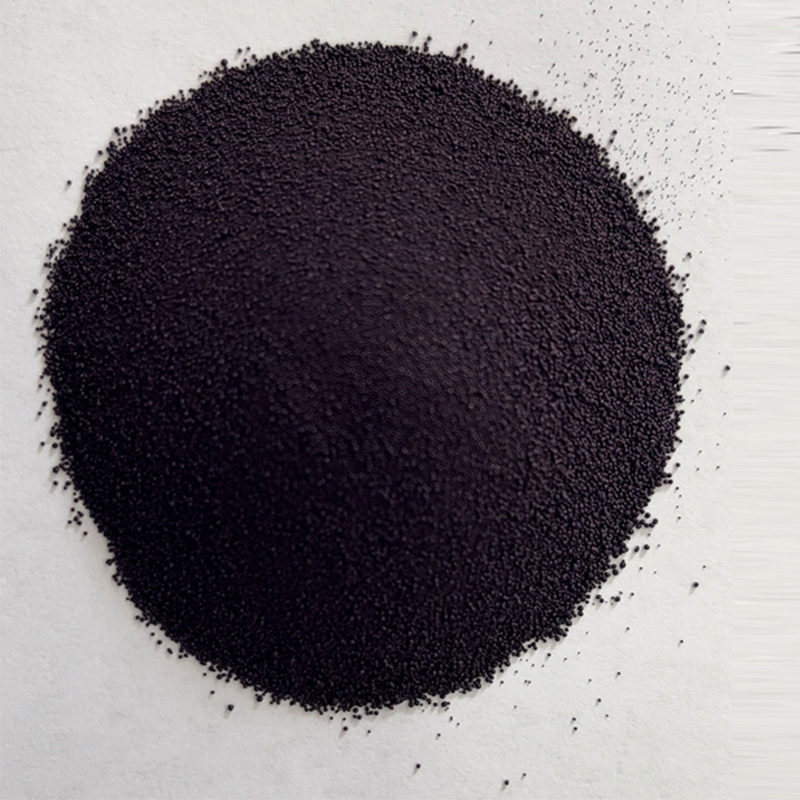indigo dye chemistry
The Chemistry of Indigo Dye A Journey through History and Science
Indigo dye, one of the oldest known dyes in human history, has captured the fascination of artists, chemists, and historians alike. Its rich history dates back thousands of years, and its unique properties make it a subject of interest in both chemistry and textile industries. Understanding the chemistry of indigo dye not only provides insights into its historical significance but also highlights its modern applications.
Indigo dye is primarily derived from the plant species Indigofera tinctoria, among others, but can also be synthesized chemically. The key component of indigo dye is the organic compound known as indigotin, which has the molecular formula C16H10N2O2. The structure of indigotin reveals a complex arrangement of carbon, nitrogen, and oxygen atoms, which contributes to its vivid blue color and solubility characteristics.
The Chemistry of Indigo Dye A Journey through History and Science
Historically, indigo dye was highly prized due to its intense and vibrant color, which was resistant to fading. Before synthetic dyes became prevalent in the 19th century, indigo was a valuable commodity in trade. Regions such as India and West Africa became renowned for their indigo production, leading to cultural significance in textiles that still resonates today. The deep blue of indigo-dyed fabrics became synonymous with specific cultural identities and social status.
indigo dye chemistry

From a chemical standpoint, the properties of indigo dye result from its molecular structure, which enables strong interactions with cotton fibers, thus ensuring longevity in dyeing processes. Indigo does not dissolve in water, which is why it requires a particular dyeing process to adhere to fabrics. Known as the vat dyeing process, it involves solubilizing indigo in a reducing environment, usually combining it with sodium hydroxide and reducing agents like thiourea dioxide or sodium dithionite. Once the fabric is immersed and the indigo reduced to a soluble form, it later oxidizes upon exposure to air, crystallizing and locking into the fibers.
Moreover, modern chemistry has provided insights into alternative synthetic pathways for producing indigo dye, which can be more environmentally sustainable. Chemists have developed methods to create aniline-derived indigo through several chemical transformations, presenting a more efficient and standardized approach to dye production.
Indigo dye also showcases the intersection of science and art. The indigo color has influenced countless artistic movements, from the traditional fabrics of Asia to the vibrant denim jeans we wear today. Its ability to evoke emotions and aesthetics has led to a resurgence in interest among textile artists and designers, emphasizing the importance of not only how indigo has been used historically but how it continues to evolve in modern applications.
In conclusion, the chemistry of indigo dye is a fascinating story of nature, culture, and innovation. Its enduring appeal and complex chemical processes highlight both the historical significance and ongoing relevance of indigo in contemporary society. As the global community increasingly seeks sustainable practices, the exploration of indigo dye's chemistry will undoubtedly continue to inspire future generations of scientists, artists, and textile enthusiasts alike.
-
The Timeless Art of Denim Indigo Dye
NewsJul.01,2025
-
The Rise of Sulfur Dyed Denim
NewsJul.01,2025
-
The Rich Revival of the Best Indigo Dye
NewsJul.01,2025
-
The Enduring Strength of Sulphur Black
NewsJul.01,2025
-
The Ancient Art of Chinese Indigo Dye
NewsJul.01,2025
-
Industry Power of Indigo
NewsJul.01,2025
-
Black Sulfur is Leading the Next Wave
NewsJul.01,2025

Sulphur Black
1.Name: sulphur black; Sulfur Black; Sulphur Black 1;
2.Structure formula:
3.Molecule formula: C6H4N2O5
4.CAS No.: 1326-82-5
5.HS code: 32041911
6.Product specification:Appearance:black phosphorus flakes; black liquid

Bromo Indigo; Vat Bromo-Indigo; C.I.Vat Blue 5
1.Name: Bromo indigo; Vat bromo-indigo; C.I.Vat blue 5;
2.Structure formula:
3.Molecule formula: C16H6Br4N2O2
4.CAS No.: 2475-31-2
5.HS code: 3204151000 6.Major usage and instruction: Be mainly used to dye cotton fabrics.

Indigo Blue Vat Blue
1.Name: indigo blue,vat blue 1,
2.Structure formula:
3.Molecule formula: C16H10N2O2
4.. CAS No.: 482-89-3
5.Molecule weight: 262.62
6.HS code: 3204151000
7.Major usage and instruction: Be mainly used to dye cotton fabrics.

